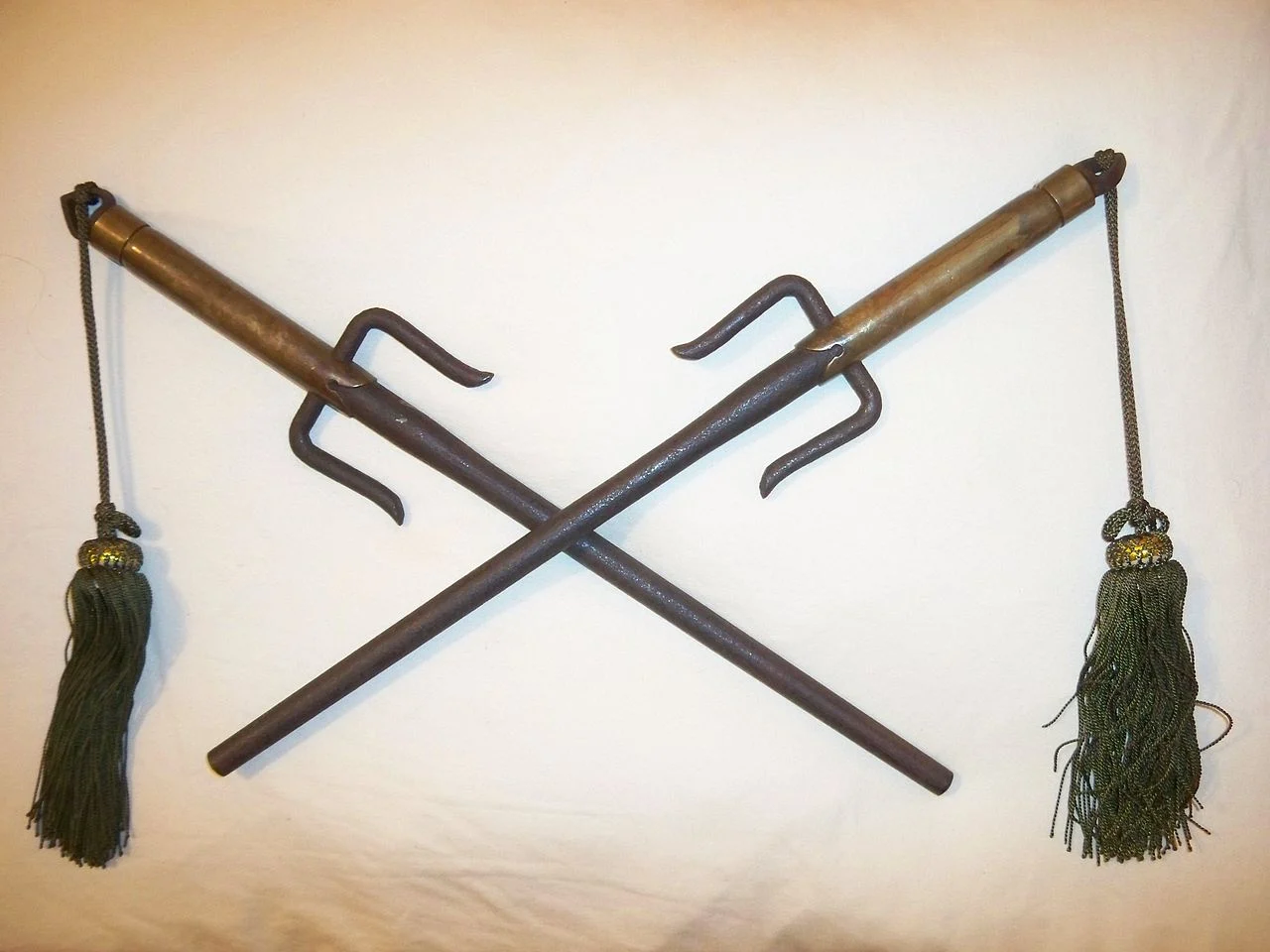If you’ve ever seen a video of a hippo spinning its tail while pooping, you’re not alone in asking: why do hippos spray their poop like a garden sprinkler or farm machine? The answer involves a mix of biology, territory defense, mating behavior, and environmental impact. In this article, we’ll break down what really drives this messy behavior.

Why Do Hippos Spray Their Poop?
Hippos spray their poop by spinning their tails rapidly while defecating. This tail movement acts like a fan, spreading feces in wide arcs—sometimes up to 10 meters. The behavior isn’t random. It’s mostly seen in male hippos, and it’s their way of marking territory in both water and on land.
Just like a dog urinates on trees or posts to establish its turf, hippos coat their surroundings with dung to signal dominance. The smell and spread of the feces tell other males to back off or prepare for a challenge. This behavior helps avoid physical confrontations in the wild.
Communication Through Dung
Surprisingly, dung isn’t just a marker—it’s a messenger. Each hippo’s waste carries scent markers unique to its microbiome. These scents allow other hippos to recognize who left the message, their status, and even their health. During mating season, a male might even spray poop near a female to get her attention.
Females have their own methods too. In some cases, they defecate near dominant males as a sign of interest—nature’s very weird love letter.
Do Hippos Always Spin Their Tails When They Poop?
Not always. Casual defecation often happens in the water without the dramatic tail fanfare. The tail-spinning spray is mostly reserved for:
- Mating displays
- Territory disputes
- Responses to unknown hippo calls (as proven in 2022 audio playback studies)

Baby Hippos and Poop?
Here’s an even stranger fact: newborn hippos eat poop. Baby hippos are born with sterile guts and no gut bacteria. To survive, they ingest adult dung—usually their mother’s—which seeds their intestines with essential microbes for digestion. This practice is common in the animal kingdom (e.g., koalas do it too).
Environmental Impact of Hippo Dung
Since hippos spend much of their time in rivers, all this dung ends up in the water. Some researchers argue it enriches aquatic ecosystems with nutrients. Others say it causes oxygen depletion and fish die-offs due to excessive bacterial activity.
A 2015 study suggested that hippo dung boosts microbial life in rivers, but a 2018 study warned of toxic effects when waste accumulates in large volumes. The verdict? The impact likely depends on how many hippos are in one area.
How Far Can Hippos Spray Poop?
With their tail spinning at full speed, a hippo can launch dung over 10 meters. That’s why wildlife guides strongly warn: never stand behind a hippo, especially in zoos or during mating season.
FAQ Section
Q: Do female hippos spray poop too?
A: Yes, but usually less aggressively. Females may use it for courtship, not territorial disputes.
Q: Is hippo poop dangerous to humans?
A: Direct contact is not advised. In water, it can carry bacteria harmful to humans and fish.
Q: Can hippos control their tail spin while pooping?
A: Yes. Tail-spinning is a deliberate act triggered by social or territorial signals.
Final Thoughts
So, why do hippos spray their poop like an agricultural machine? It’s not just for show. This messy tail trick helps them defend their space, find mates, build gut bacteria in young, and shape aquatic ecosystems.
Hippos may be quiet giants, but their poop-flinging behavior speaks louder than roars.
Share this content:













Post Comment
You must be logged in to post a comment.